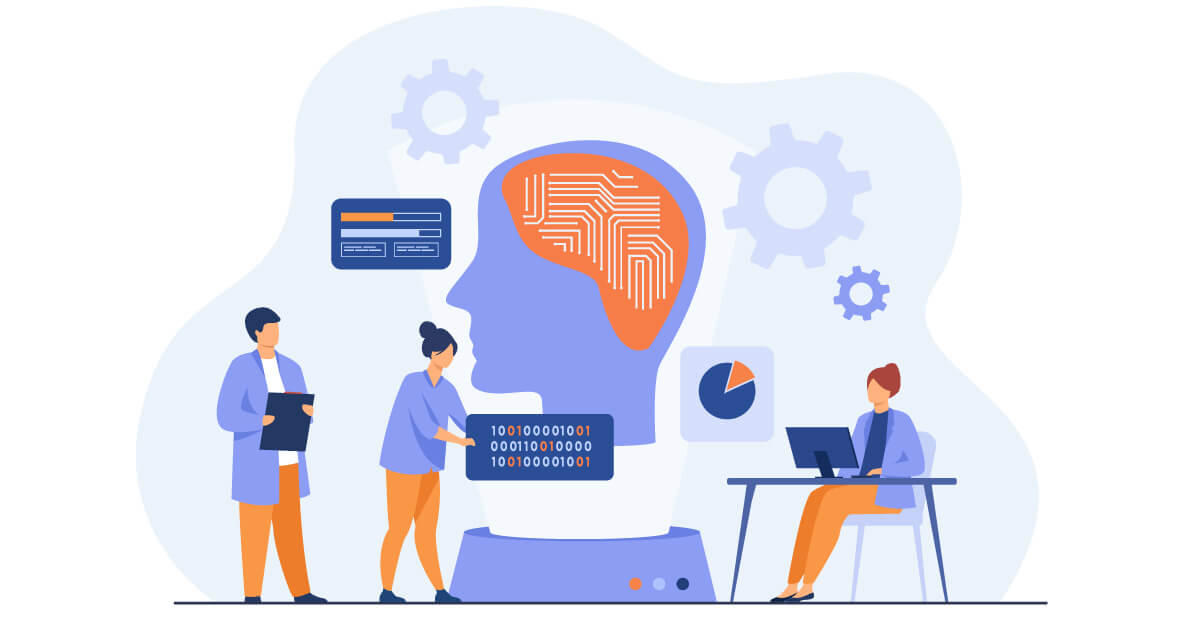The latest measure taken by large organizations in the field of data science is the Art of Problem Solving (AOPS). This new approach is not only tailored to keep up with the mind-boggling industry-change but also to help enterprises profit from big data analytics.
AOPS is a system including a string of patterns and software which are implemented in your everyday problem–solving work. It helps you plan in a broader way and curate business strategies through specific mapping work. Do you want to learn more about AOPS? If yes, then you have landed in the right place. Here you will get a crisp overview on AOPS, setting your foundations right.
Art of Problem-Solving Paradigms
Below are the paradigms on which the Art of Problem-Solving lies.
More Emphasis on Learning than Knowing
The companies, who keep expanding their knowledge-base, excel in the analytics-driven landscape.
Experimentation Over Expertise
The more darts we throw, the greater accuracy we can expect. Our odds at finding successful solutions rise significantly when we rely on experimentation than on expertise.
Interdisciplinary Perspectives (IP)
It’s a protected approach built around the intellectual property; the IP believes that schemes from unfamiliar origins complement each other.
Habits of AOPS
The following section discusses each of the AOPS habits in detail.
Harmonic Planning for Improved Outcomes and Transformations
During the problem-solving procedure, harmonic planning establishes a clear purpose to create a course that realizes measurable outcomes and transformative changes.
More Emphasis on Visible interaction
The visualization tools create a universe where problems are interrelated using graphical entities.
Decipher Problems to Curate the Best Design
The companies who use data analytics need to pave their way through a plethora of fuzzy problems to define them and solve them in the right way. The best way to do it is to ask the right questions and following the AOPS.
Analytical Interdependencies for Improved Consumption
The AOPS promotes interdependencies among all four types of analytics (descriptive, inquisitive, predictive, prescriptive analytics) for better consumption among stakeholders.
Data Creation and Consumption in Analytics
Businesses must control the supply chain of raw data to respond to the demand-migration and provide better insights to the organization. The ultimate goal is making faster and better decisions and ensuring the harmony of data consumption and creation in analytics. It engages consultants to mine data and builds improved analytical models which connect to their customers. Also, it enlightens about how to use and consume the data.
Relationship Between AOPS and Day-Job of Specific Problem-Solving
An organization can solve problems with an approach that scales swiftly according to the diversity in the sets of problems. The more the variation in the problem–set, the harder it gets to streamline them. Here, AOPS comes to your rescue! It shares a symbiotic relationship with solving specific problems in a day and using analytics judiciously. The interaction between the two strengthens your organization’s ability to evolve and excel in change.

